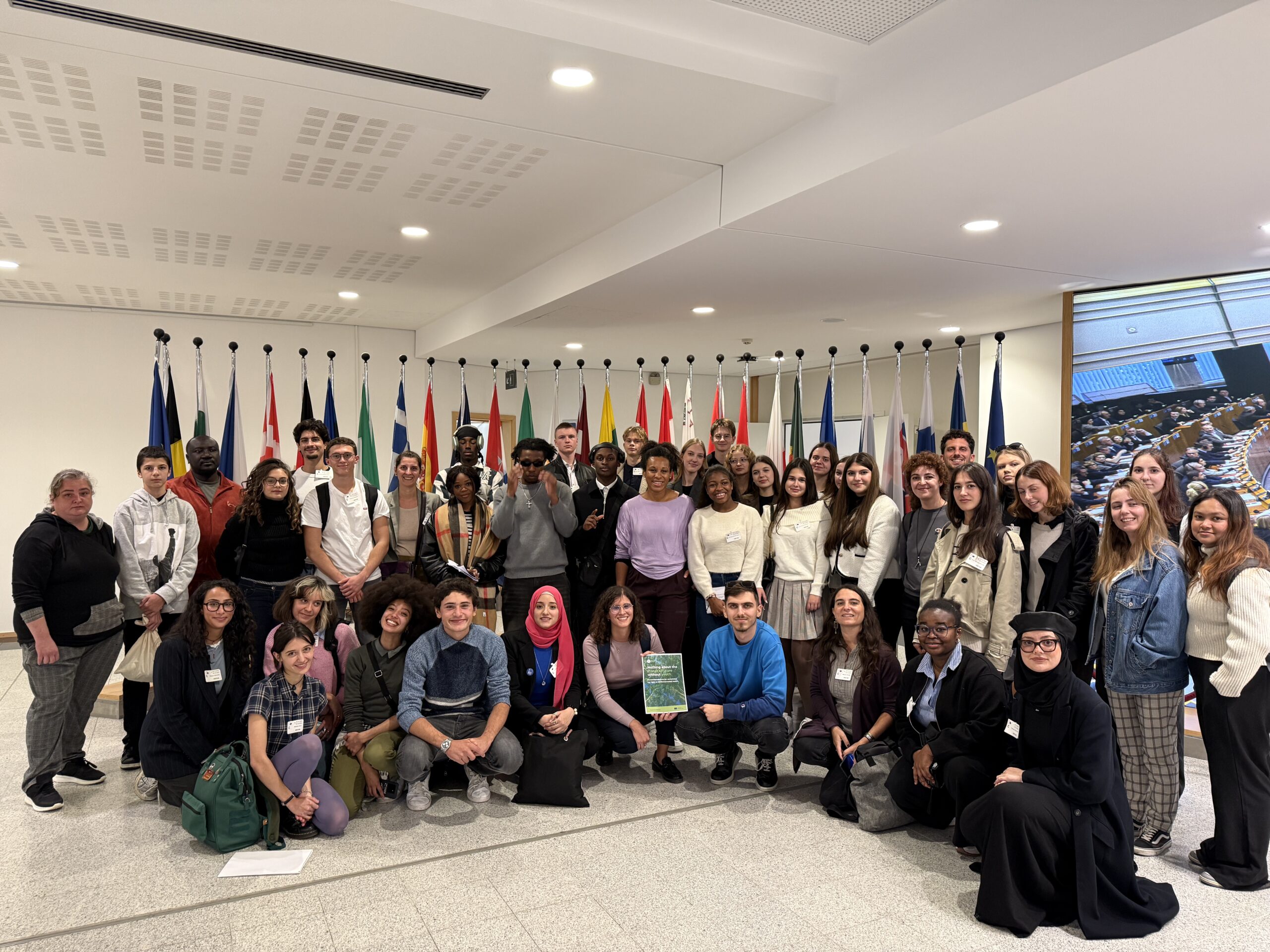
Fair pay for teachers protest – Ben Sutherland – Source: Flickr
Teacher shortages, a worldwide problem
Teacher shortages are a global phenomenon, and a worrying one. This year, following a report on the need to address teacher shortages and transform the profession, UNESCO raised a first alarm on the need for 44 million primary and secondary teachers worldwide by 2030. Shortages are indeed alarming, as they can unsettle education systems, worsen the working conditions with larger classes and workload, deepen educational inequalities and investments in schools. These shortages occur due to a mix between international factors, such as conflict or climate change, and local factors, like social recognition and bureaucratic pressure.
The EU is no exception. Last August, 24 out of the 27 EU member states were reporting struggling with teacher shortages, particularly on STEM subjects and in early childhood education and care. In response, some countries, like France, reduce their standards for pedagogical qualifications in order to ensure the pursuit of classes, while others face internal regional competition over who’s going to attract the most teachers, like in Germany. This poses a real challenge for the preservation of both teachers’ and learners’ rights.
Worrying trends for teachers in the EU
In the EU, certain trends have been pushing the teacher shortages up. First, an ageing teacher population and the loss of attractiveness of the profession. According to Eurostat, we now account for 4 out of 10 teachers above 50 years old, with only 8% of teachers below 30 years old. This is evidently insufficient to guarantee a healthy renewal of the profession, as the perspective of these teachers retiring glooms forward. Countries like Greece, Portugal, Estonia, Latvia, Lithuania, Hungary and Italy are particularly concerned. Predictions do not expect any improvement, on the contrary. In 2023, the EU commission was announcing “a dramatic increase in reported teacher shortages in the coming years”, correlated with “a decline in student performance and educational outcomes”
Some subjects lack more teachers than others. This is notably the case for shortages in science, technology, engineering and mathematics (STEM), foreign and native language teachers, and teachers on digital technologies. The numbers of teachers trained to accompany students with special needs and students with disabilities are also too low. According to the European Parliament, the lasting consequences of the Covid-19 pandemic, the geopolitical context of the EU (notably Russias’ invasion of Ukraine), as well as increased expectations on teachers linked to constant demographic, economic and technological challenges have further encouraged these shortages.
We need to remind here that strong gender disparities persist in the profession, with an average of 95.5% of teachers in the EU being women in pre-primary education, and 60% in tertiary education.
High workloads and long working hours seem to further drive early leaving of the profession, notably in the first five years of work. The level of stress and mental health risks have indeed outlined a pessimistic reality. Teachers across the EU experience “one of the highest levels of occupational stress and burnout on the job, compared with other professions” and are less than 20% to believe that their profession is being valued by society. Teachers’ mental health and overall well-being on the job is thus crucial, and has now just started reaching the EU agenda.



